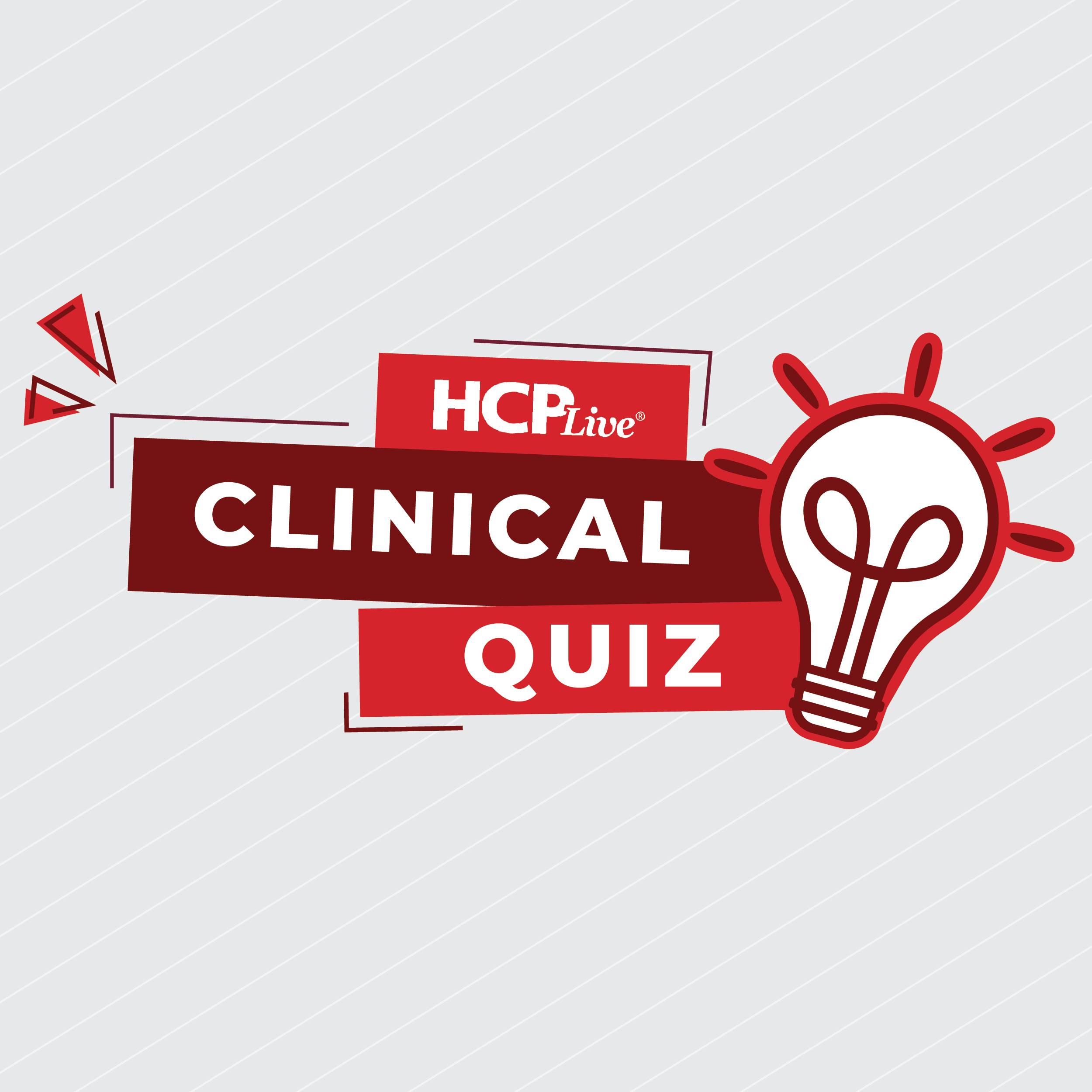News
Article
Alcohol-Associated Pancreatitis Rates Increasing in Adolescents, Young Adults
Author(s):
Key Takeaways
- Pancreas-related complications from alcohol are more frequent than liver-related ones in adolescents and young adults.
- Females experience greater changes in rates of pancreatitis and liver-related complications, with higher liver-related mortality.
In adolescents and young adults, gastrointestinal complications from alcohol are increasing at greater rates than other organ systems.
Jennifer Flemming, MD
Credit: AASLD

Gastrointestinal complications from alcohol are increasing in adolescents and young adults at greater rates than in other organ systems, according to findings from a recent study.1
Results showed pancreas-related complications from alcohol were more frequent than liver-related complications, and while male patients were most affected by pancreatitis and alcohol-associated liver disease (ALD), female patients experienced greater changes in the rates of both than their male counterparts.1
“Alcohol is also a main cause of acute and chronic pancreatitis and can affect other organs, such as the heart and stomach,” Jennifer Flemming, MD, an associate professor of medicine and public health sciences at Queen's University, and colleagues wrote.1 “However, the epidemiology of alcohol-associated end-organ complications other than ALD among adolescents and young adults has not been described.”
Recent research has called attention to rapid increases in the rates of alcohol-associated hepatitis (AH) among children and young adults over the past 2 decades, especially among females. Despite numerically more males being affected by AH, females had greater rates of liver-related mortality and were at an approximately 50% increased risk of developing cirrhosis.2 It is not well understood whether the same risk exists for other end-organ complications.
To describe the epidemiology of end-organ complications from alcohol among adolescents and young adults, investigators conducted a retrospective, population-based cohort study using routinely collected administrative health care data from ICES between 2003 and 2021. Incident emergency department or inpatient encounters for end-organ alcohol-related harm in patients aged 13 to 39 years in Ontario, Canada were identified.1
Investigators classified each encounter based on the affected organ: pancreas; liver; and other organs, including stomach, adrenal glands, nervous system, muscles, heart, and fetus.1
In total, 11,508 adolescents and young adults with an incident end-organ complication from alcohol were identified. Most patients were male (64%) with a median age of 28 (interquartile range [IQR], 22-34) years.1
Investigators noted pancreas-related complications were more frequent than liver-related complications (29% vs 19% respectively). They also pointed out acute pancreatitis comprised most of the observed pancreatic complications (92%).1
Compared with adolescents and young adults with other end-organ complications, those with pancreas-related complications were more likely to be male (71%), reside in urban locations (88%), and require hospitalization (77%).1
Investigators observed an annual 7% increase in the incidence of pancreatitis in males (rate ratio [RR], 1.07; 95% CI, 1.06-1.08) and a 12% annual increase in females (RR, 1.12; 95% CI, 1.10-1.13), with liver-related complications increasing by 6% per year in males (RR, 1.06; 95% CI, 1.05-1.07) and 9% per year in females (RR, 1.09; 95% CI, 1.08-1.11).1
Further analysis revealed rates of end-organ alcohol harm in other organs decreased by 1% per year in males (RR, 0.99; 95% CI, 0.98-0.99) but increased by 2% per year in females (RR, 1.02; 95% CI, 1.01-1.02).1
“These findings underscore the importance of gastroenterologists in caring for individuals with harmful alcohol use and support the integration of addiction medicine into gastroenterology training along with consideration for multidisciplinary gastroenterology-addiction medicine clinics,” investigators concluded.1 “Future research to understand these observations and evaluations in other age groups is urgently needed.”
References
Chapman O, Djerboua M, Rai M, et al. Alcohol-Associated Pancreatitis and Liver Disease Among Adolescents and Young Adults. JAMA Network Open. doi:10.1001/jamanetworkopen.2024.61990
Brooks A. Young Women Face Worse Long-Term Alcohol-Associated Hepatitis Outcomes Than Men. HCPLive. January 8, 2025. Accessed February 26, 2025. https://www.hcplive.com/view/young-women-face-worse-long-term-alcohol-associated-hepatitis-outcomes-than-men





